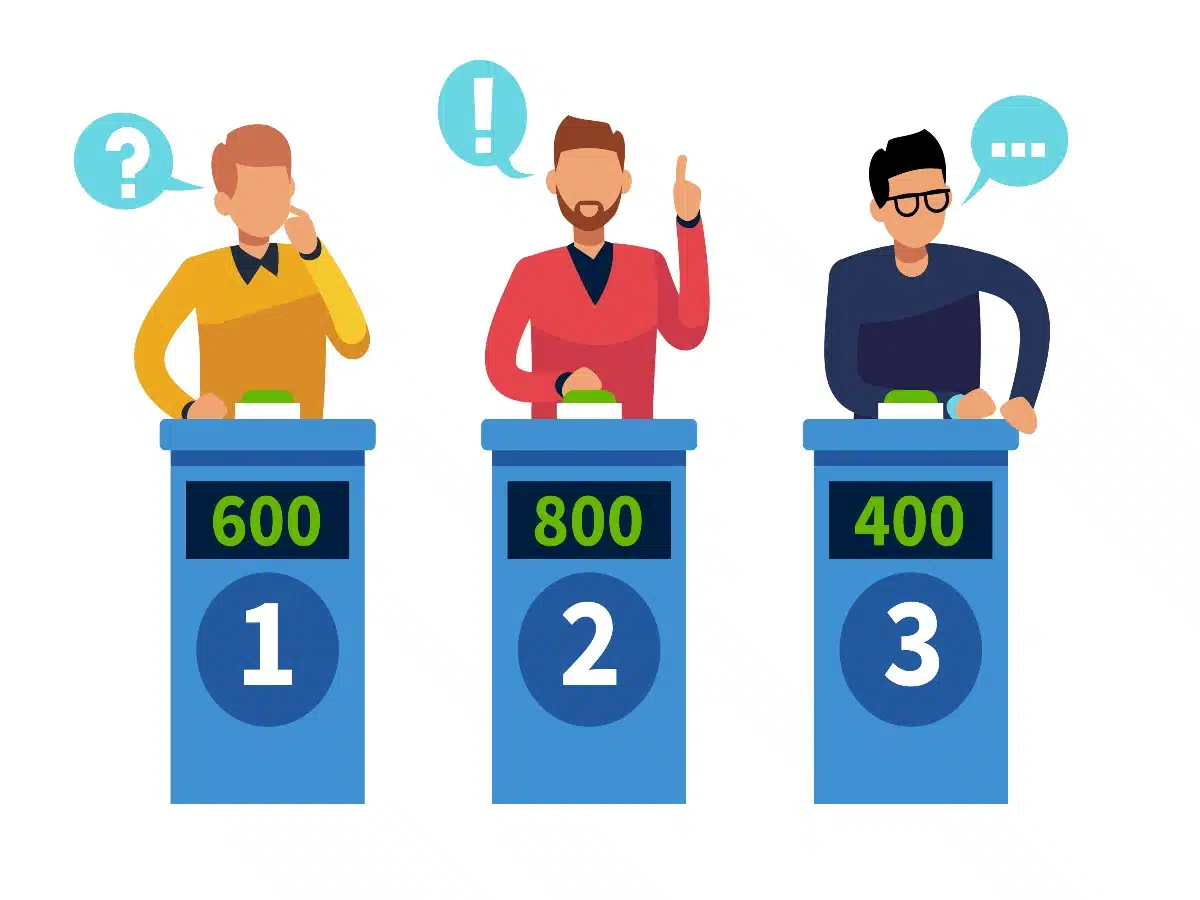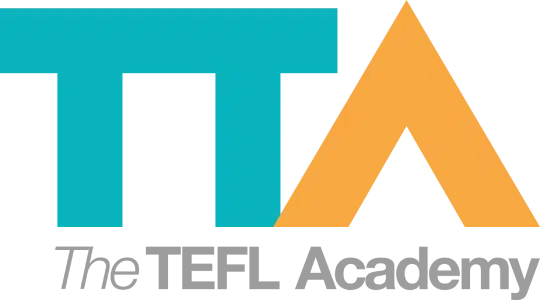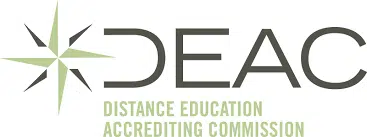Authentic Ways To Teach Comparative Adjectives
Join a global community of over 200,000 TEFL teachers working throughout the world! Enrol me!
Adjectives are one of the first language structures we teach our English as a Foreign Language learners – and they can be one of the most fun, too. The opportunities to teach adjectives, and comparative adjectives in particular, are endless. However, as EFL teachers we need to be mindful of utilising the most effective and authentic ways to do it.
This blog gives an insight into teaching comparative adjectives.
The red book is bigger than the blue book.
Bangkok is busier than London.
Pete is taller than his brother.
These are prime examples of exercises given to students to practise comparative adjectives and we plead with you not to resort to exercises like these in your classroom. If you want your students to use exercises like this to practise the language then by all means let them do it for homework, but save the classroom for more interesting activities. There’s no need to be boring when it comes to grammar. All you need to do is make it relevant and authentic.
Read more: Motivational Activities For The EFL Classroom
Using comparative adjectives
As we’ve said before, using authentic language is an effective teaching technique in the classroom. Natural language and genuine communication promote retention and learning. There are many situations in real life that we need and use comparative sentences. Utilise these situations and your students can make real statements that will make sense to them and their English use outside the classroom.
My dad’s bigger than your dad

Boasting is something we are taught we shouldn’t do, but we all know how to do it! Put the students into pairs. Let them start with what they know or can see. For example, my bag is nicer than your bag or my phone is more expensive than your phone. Then, let them come up with their own examples, which might require some conversation. For example, How old is your brother? 14. My brother is older than your brother!
The big sell
Bring into class two pictures of items, such as two TVs, two cars and two washing machines. In pairs, your students are given two pictures. They must come up with an advert which compares the two products and sells the better one. They can present their adverts to the class who must decide which of the items they would buy.
Giving advice
Get the students to come up with a set of problems they have. As a mingle activity they must tell their classmates what their problem is and their classmate must come up with a solution using a comparative. So, if Luis can’t sleep, his classmates could suggest buying a better bed, going to bed earlier or eating a smaller dinner. Model this activity by doing a demonstration of the activity first.
General knowledge quiz

This is a webquest. Let your students go onto the internet and create general knowledge quiz questions which use a comparative. For example, Who is older, Tom Cruise or Ben Affleck? Which river is longer, the Amazon or the Nile? Once they have finished, conduct a quiz which each pair of students taking turns to be the quizmaster.
Even though teaching grammar points like comparative adjectives can be a bit dry, that doesn’t mean your lessons have to be boring. Think how your students are likely to use the language in their real lives and utilize activities that relate to that. Your students will find the exercises much more relatable and enjoyable.
Please note: This blog post was originally published on 26 February 2019 but has since been updated.
Accreditation Partners
The TEFL Academy was the world’s first TEFL course provider to receive official recognition from government regulated awarding bodies in both the USA and UK. This means when you graduate you’ll hold a globally recognised Level 3 (120hr) Certificate or Level 5 (168hr) Diploma, meaning you can find work anywhere and apply for jobs immediately.
 United States
US
United States
US












